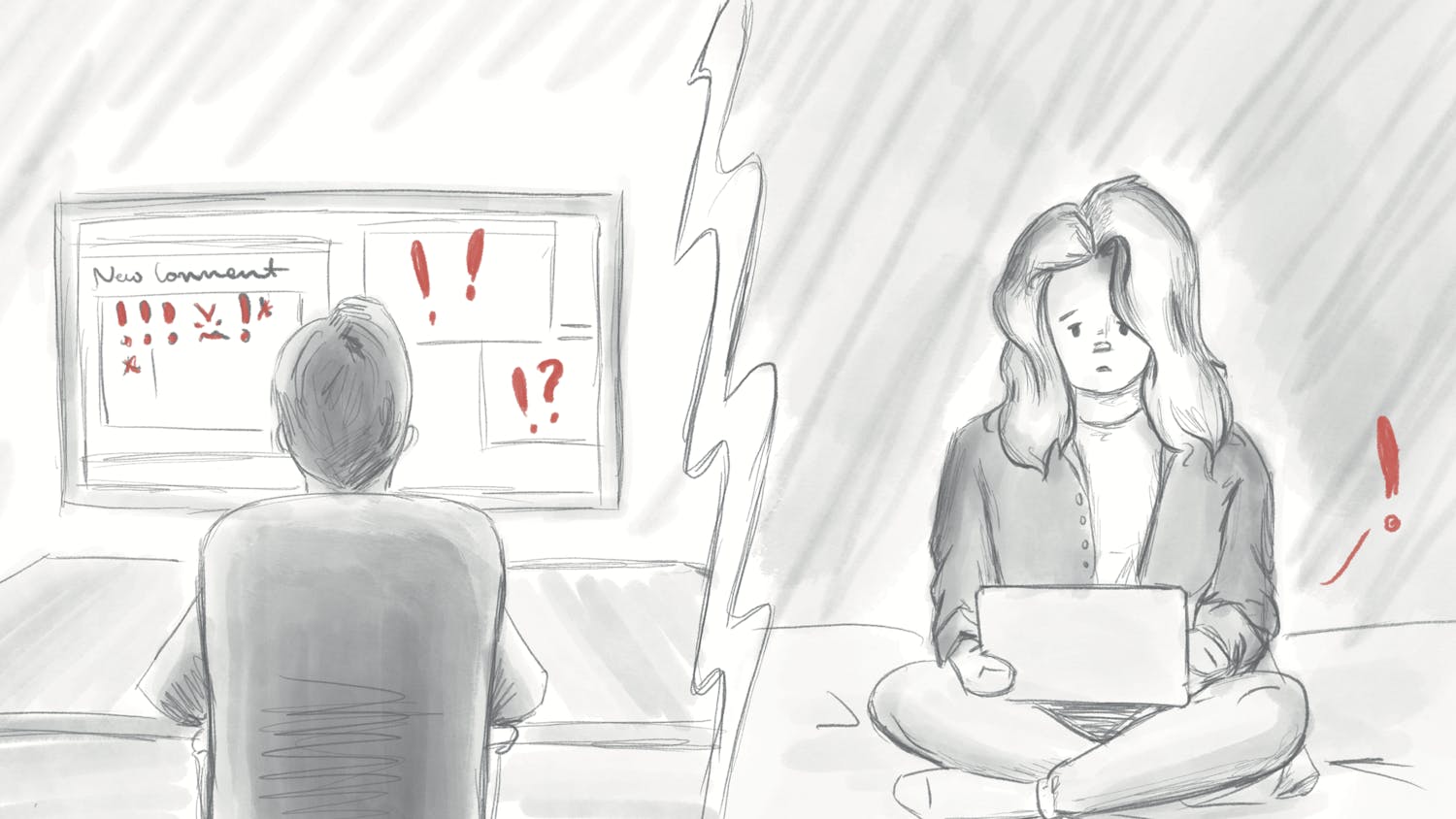Upon my arrival to Amsterdam, there was one stop I had to make — the Van Gogh Museum.
Call me mainstream, but Vincent van Gogh is my favorite artist. It wasn’t until I visited this museum with three floors dedicated to this man and the numerous masterpieces he created in just a decade that I realized why van Gogh’s work isn’t just captivating to me but to millions across the world.
What surprised me about the museum is the dedication to telling the story of van Gogh, not just displaying his work. I presumed that it simply contained the majority of his art. However, I saw just as much art as I did facts about the man behind the flowing brush strokes.
There was everything from a display of the very brush and palette that van Gogh used when he was alive to the artwork of his fellow colleague Claude Monet and his famous “Sunflowers” painting to letters between van Gogh and his brother.
What I find the most shocking about van Gogh is that he really only invested in becoming an artist in the last decade of his life, and he managed to create a technique that led the way for modern art. He managed to make his art known in every corner of the world from the creations he made in just 10 years, an accomplishment some artists spend their entire life trying to achieve.
As I went from room to room I was envious of how this man knew how to look at a vacant field of wheat, a pot of sunflowers or even his bedroom, and create a perspective that was so simple yet intriguing to the eye. Even his countless self-portraits each offered a different angle, a slight change of emotion or a new idea entirely.
However, while van Gogh was an unbelievably talented man with a brother, Theo, who loved him dearly and several friends in the art world, many know that van Gogh struggled a great deal mentally. Cutting off his own ear is one of the most well-known results of his mental illness.
As I read more about this man who seemingly had a great deal to be thankful for especially in a time period like the late 1800s, I was saddened that even doing what he loved most, painting, never was able to cure the struggles he fought inside his head.
I continued from floor to floor reading more and more about van Gogh and his life leading up to his suicide in 1890, and I still couldn’t figure out what kept me so captivated by each painting.
It was on the third floor when I stood in front of van Gogh’s painting “Garden of the Asylum” that I finally knew why this man had such a fortifying point-of-view — his ability to read color.
Van Gogh created “Garden of the Asylum” when he was checked in at an asylum for his mental health issues. As I stared into the painting, I got lost in the mix of colors in the trees, sky and even the ground. It wasn’t the shapes or the subjects that illustrated his emotions.
It was van Gogh’s use of color that expressed his pain and confusion. The lack of control he had amidst the chaos around him and in his head was clearly displayed as each color on the canvas swirled and smeared into the next.
We often associate blue with feeling sad, red with feeling love and yellow with feeling happy. Van Gogh understood how a powerful use of colors can evoke emotions we can’t even describe, but that we can only feel when we see the shades meshed together.
I immediately knew the use of color was van Gogh’s voice and his legacy.






